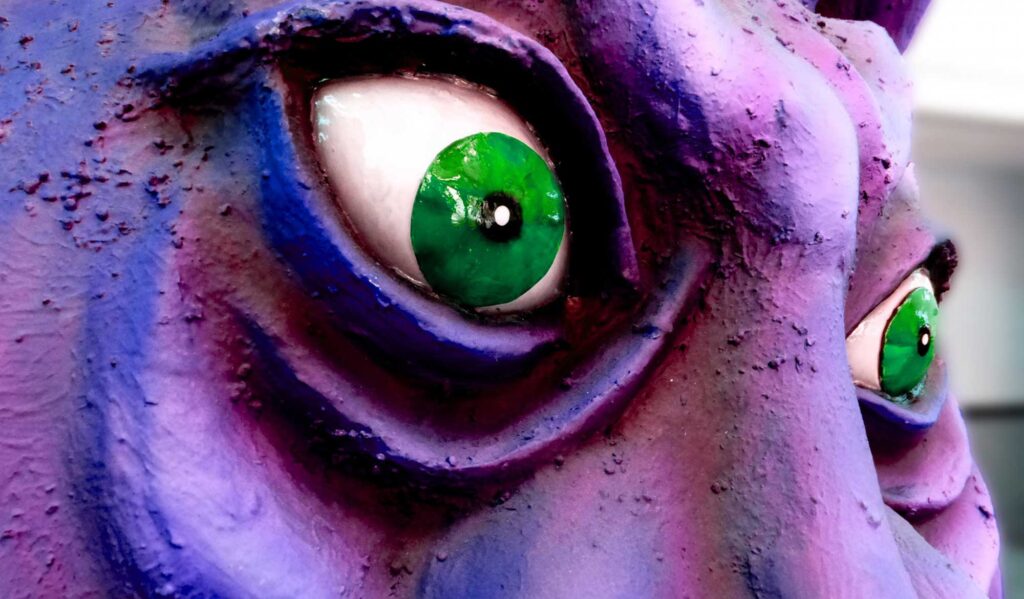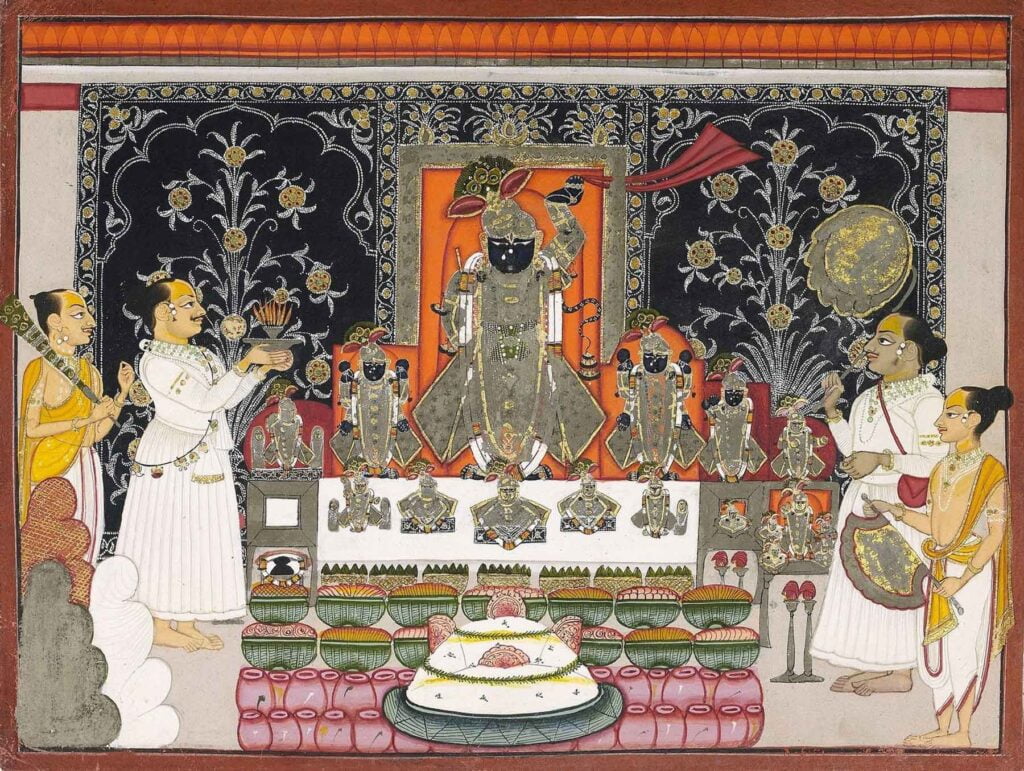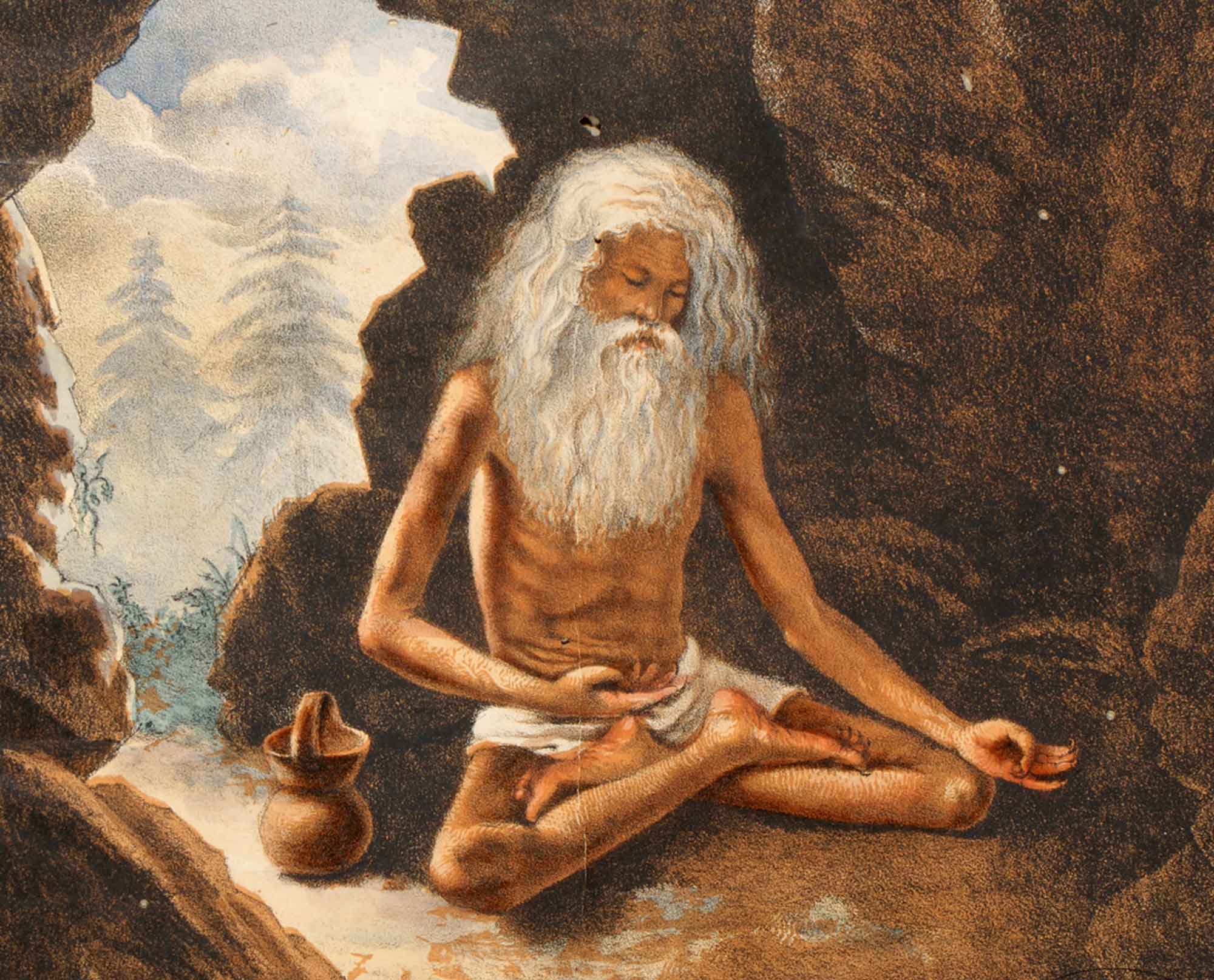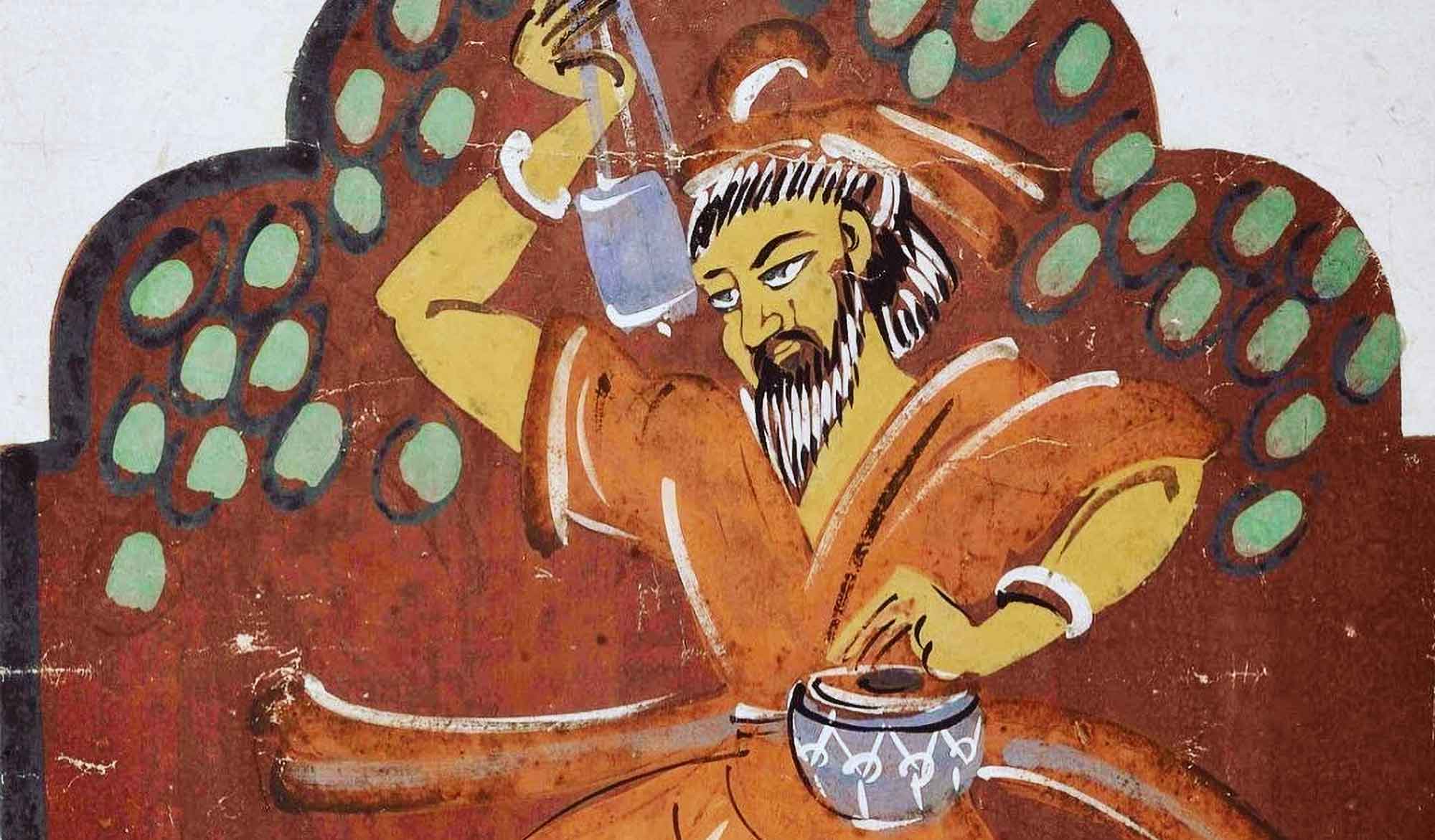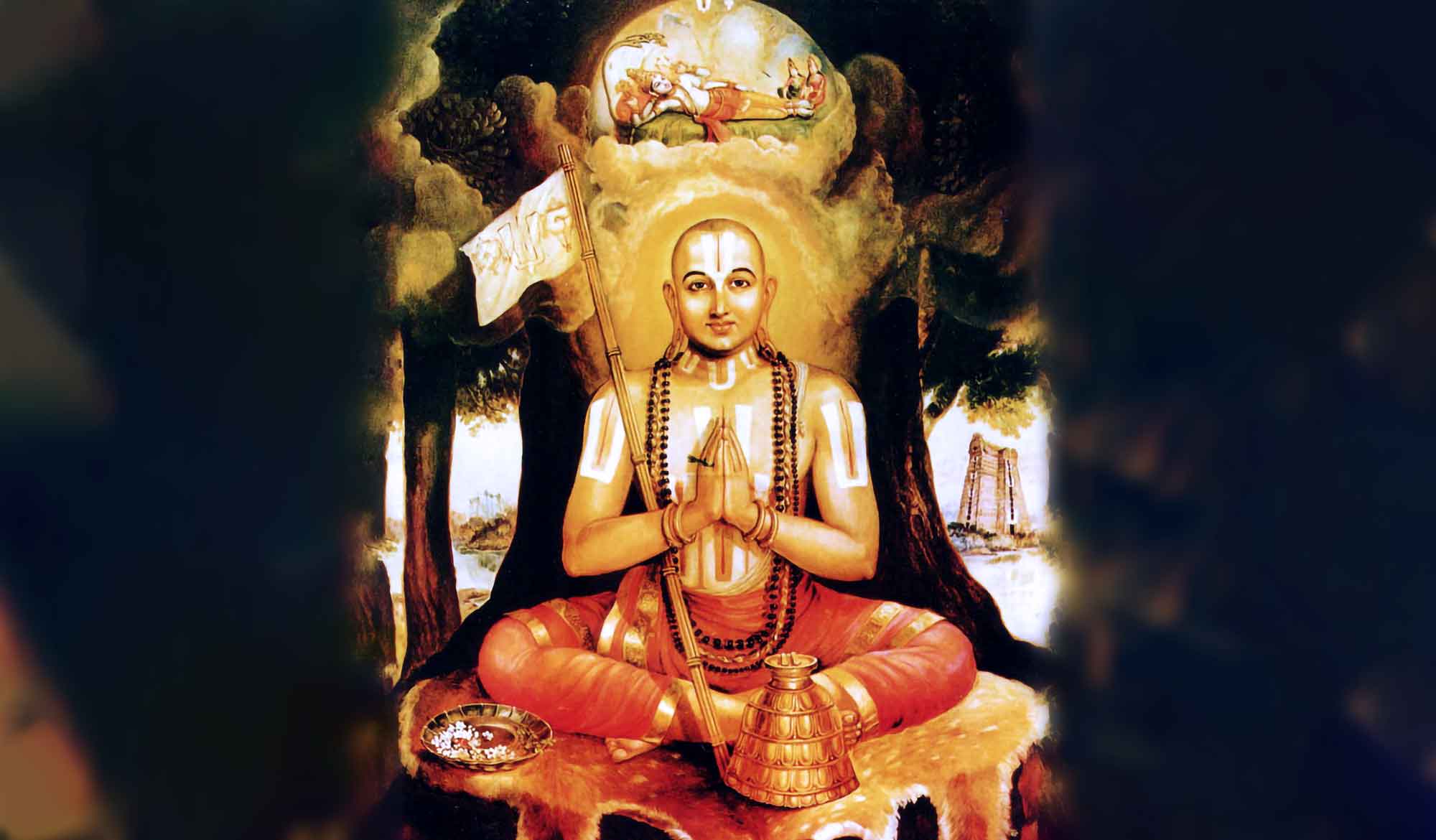Overview
This important article "Nitya Dharma Sūryodaya (The Sunrise of Eternal Dharma)" which was first published in 1885 in Volume 4, Issue 3 of Sajjana Toṣaṇī, predicts the spread of Śrī Caitanya Mahāprabhu’s nāma-saṅkīrtana movement all over the world.
(translated by Swami B.V. Giri)
Listen to this article:
Śrī kali-pāvanāvatāra Śrī Caitanyadeva advented in Śrī Navadvīpa in order to deliver those jīvas who are persecuted by Kali. Hari-nāma saṅkīrtana is the appropriate dharma for Kali-yuga, and along with His servitors and associates, He gives instructions about this to the living entities of this world. He did not advent Himself to liberate only a few men of India. Rather, His main objective was to liberate all living entities of all countries throughout the entire world and preach the eternal religion (nitya dharma). Lord Caitanya says in the Caitanya-bhāgavata:
pṛthvite āche yata nagarādi grāma
sarvatra pracāra haibe mora nāma
“In as many towns and villages as there are on the surface of the earth, My name will be propagated.” (Caitanya-bhāgavata, Antya-khāṇḍa 4.126)
There is no doubt that this unquestionable order will come to pass. At present, there are many religious processes in the world, and when they are all mature, they become the religion of nāma-saṅkīrtana. This certainly seems to be true. Nowadays, throughout the world, there are great efforts being made in the name of religion, and it seems that one unalloyed religion, which is the essence of all religions, will soon emerge. What is that religion? In the western countries and in Asia, all religions are engaged in fighting. What is the point of having all these religions? Some of these established religions maintain irrational beliefs, various prejudices and they all conflict with each other. When all these ridiculous dogmas are removed, then all religions will be united. Let us consider what specifications that one eternal religion would have. The Supreme Controller is one and is endowed with a completely spiritual form. He is devoid of all faults and is the source of all qualities. All jīvas are infinitesimally minute spiritual subjects. The eternal dharma of the living entities of this world is the cultivation of service to the Supreme. To glorify the transcendental qualities of, and love for the Supreme, as well as to establish brotherhood amongst all, is pure religion (viśuddha-dharma). Thus gradually, all contradictions will be removed amongst established religions, and different modes of worship amongst the various divisions as well as arguments amongst them will not remain. Then all castes, all communities and men of all countries will be united in a coexistent brotherhood under the worshippable Supreme, united by nāma-saṅkīrtana. Then nobody will hate the caṇḍāla, they will not be bewildered by personal hereditary pride, and a common brotherhood amongst all jīvas will never be forgotten. Then we will carry the vessel of the prema-rasa of Haridāsa, and following the words of Srivāsa, we will smear our bodies with the dust of their feet, crying, “O Caitanya! O Nityānanda!” while dancing.
And so, that supreme dharma in the form of the unparalleled śrī hari-nāma-saṅkīrtana will soon be propagated all over the world. Already we are seeing the symptoms everywhere. Already, with karatālas and mṛdaṅgas, the Christians have begun to taste the nectar of the holy name. Christian scholars are ordering Śri Caitanyadeva’s mṛdaṅgas and karatālas and shipping them to England. By the mercy of the Vaiṣṇavas, our consciousness becomes purified, hearing the glories of the super-excellence of Śrī Kṛṣṇa’s infinite holy names sung in a gathering of brāhmaṇas, and after hearing this siddhānta, they will say, yāhādera dekhile nayana jhure, tā’rā dui bhāi eseche (“The two Brothers have come, seeing whom the eyes become fully satisfied’), and singing this, they will dance and play mṛdaṅgas and karatālas. Even the ‘muktiphauijīya-krīṣṭiyan-gaṇa’ (Salvation Army) has established some sort of saṅkīrtana. When I see all this, I feel hope in seeing Śrī Caitanya’s aforesaid instruction being followed everywhere, and that time has arrived. Although there is still no completely pure society of Vaiṣṇavas where the principles of śrī kīrtana are followed, and even though Śrīman Mahāprabhu’s prediction has not yet been revealed to the sampradāya, it will come true in a few days, I have no doubt about this. Why not? Nothing is absolutely pure in the beginning. From imperfection, purity will come about.
Oh, for that day when all the fortunate people of countries such as England, France, Russia, Prussia and America will take up banners, mṛdaṅgas, karatālas etc. and repeatedly chant the name of Śrī Caitanya Mahaprabhu in their towns, followed by riding the waves of hari-nāma kīrtana. When will that day come? Oh, for the day when all the fair-skinned British men from their side will take up the chanting of “jaya śrī śacī-nandana ki jaya!” and then join with the Bengali devotees, before embracing them as brothers. When will that day be? On such a day they will say, “O dear āryan brothers! We have taken shelter of the ocean of prema and the feet of Śrī Caitanyadeva, now kindly embrace us.” When will that day come? On that day, pure transcendental Vaiṣṇava prema will be the only dharma for the jīvas, and all other minor religions will flow like rivers into the ocean of unlimited Vaiṣṇava dharma. When will that day come?

